
Several tech enthusiasts and YouTubers have opened up the brand new Nintendo Switch 2 to study its repairability. Surprisingly, it came to their notice that the Joy-Con didn’t get any major overhaul since the last one. This is rather alarming for players who have been looking to upgrade their old Switch handheld.
If the internal build of Switch 2 is similar to that of the previous handheld, it’s possible that users may experience stick drift in the future. It is a common problem faced by a majority of gamers who frequently use a controller. But what’s really up with it now? Let’s find out.
The new Switch 2 may come with an old problem
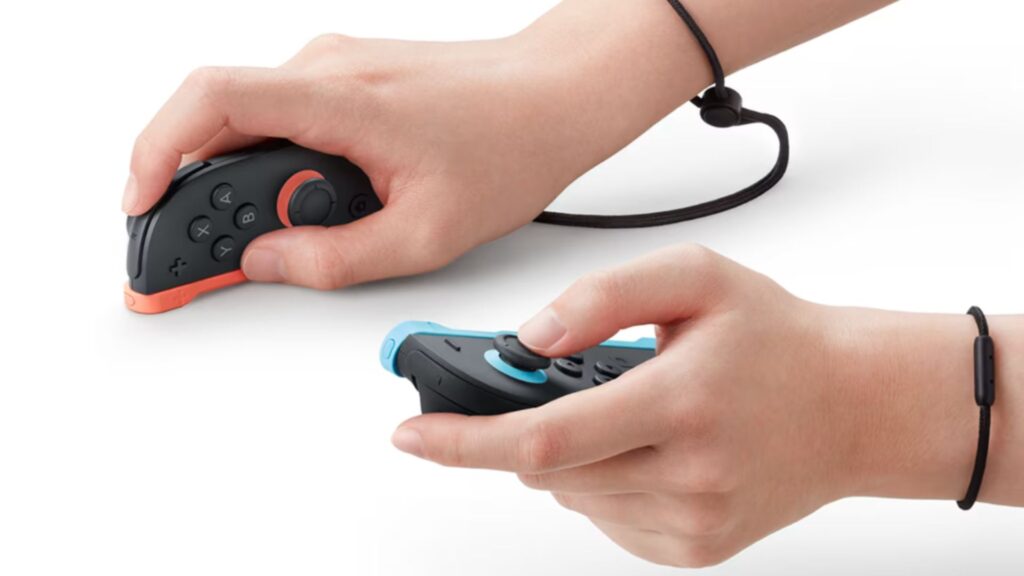
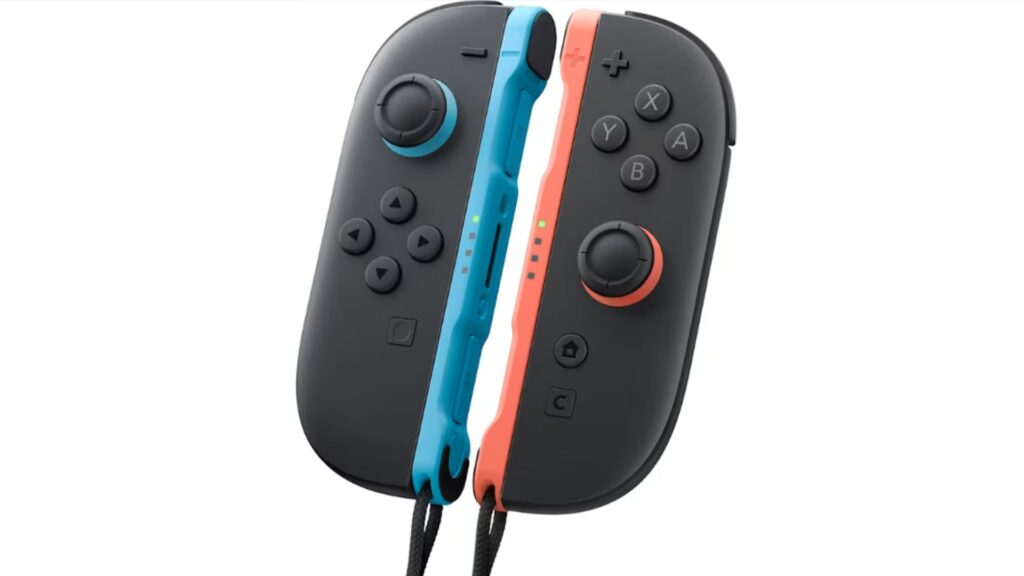
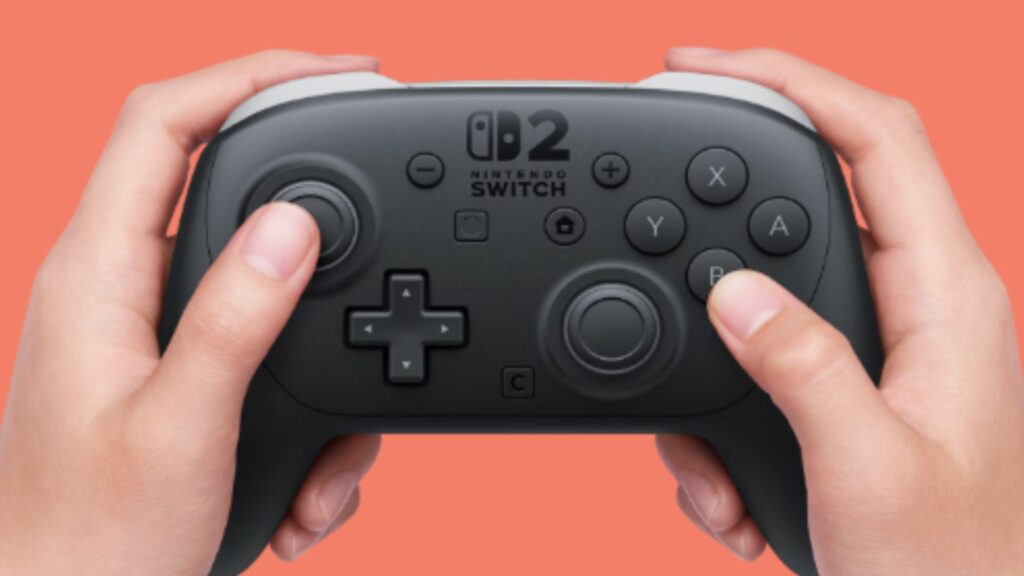
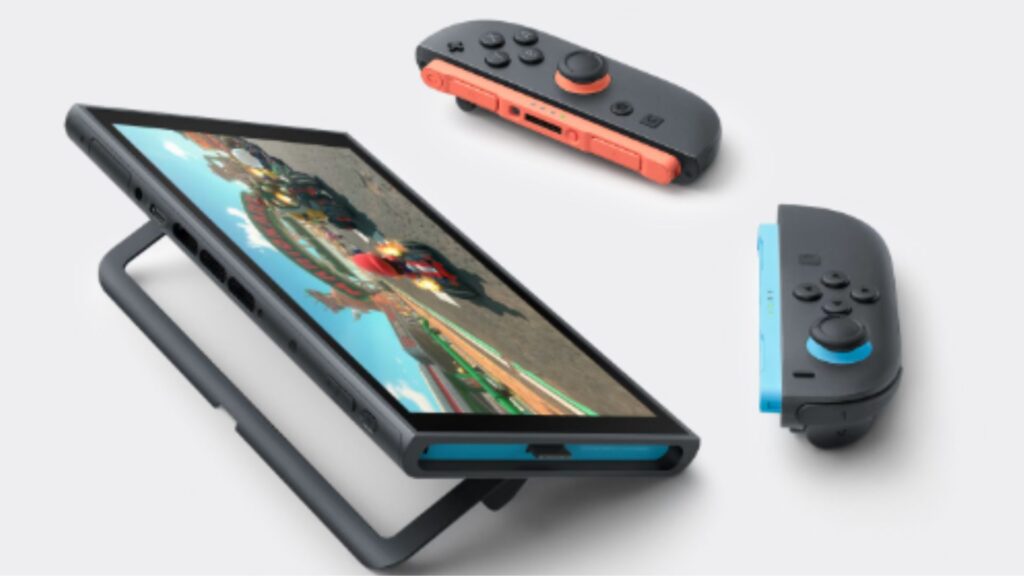
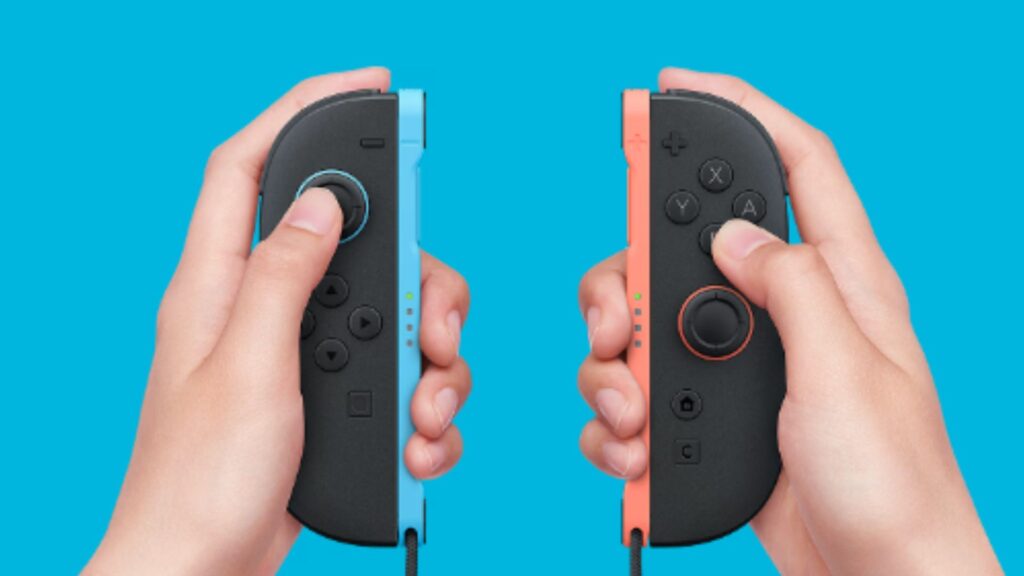
Stick drift has been a common issue for the original Switch handheld that Nintendo couldn’t manage to fix over the years. Recently, a popular tech outlet called iFixit disassembled the Nintendo Switch 2 to check what’s inside and how repairable it is. During their research, they interestingly found that Nintendo used the same potentiometer technology from the previous Switch in the Switch 2.
The potentiometer is a component found inside controllers. Its main function is to convert the movement of the stick into an electrical signal. The signals then help your in-game character move in the direction you push the stick.
All the controllers with potentiometers use two items to generate electrical signals – a wiper and a resistive contact strip. Whenever you move the joystick, the wiper gets rubbed against the resistive strip to create voltage. Over time, this resistive strip gets damaged due to the friction created by the movement of the joystick, causing stick drift.
Surprisingly, a lot of fans were aware of this controller issue, and hence, they requested the developers to use Hall Effect sensors. It is an alternative technology that can reduce the risk of stick drift in controllers.
Despite being a heavily requested feature, developers didn’t add it to their controllers. The reason why the developers didn’t use a Hall Effect sensor is likely because its magnet would interfere with the magnets that already exist inside the Joy-Con.
It’s not like the Switch 2 is a weaker handheld console that can get damaged easily. Comparatively, it is stronger than most old-gen consoles, and it won’t break easily unless you are a YouTuber trying to break it for views.
Hall effect or TMR sensor can reduce the risk of stick drift issues
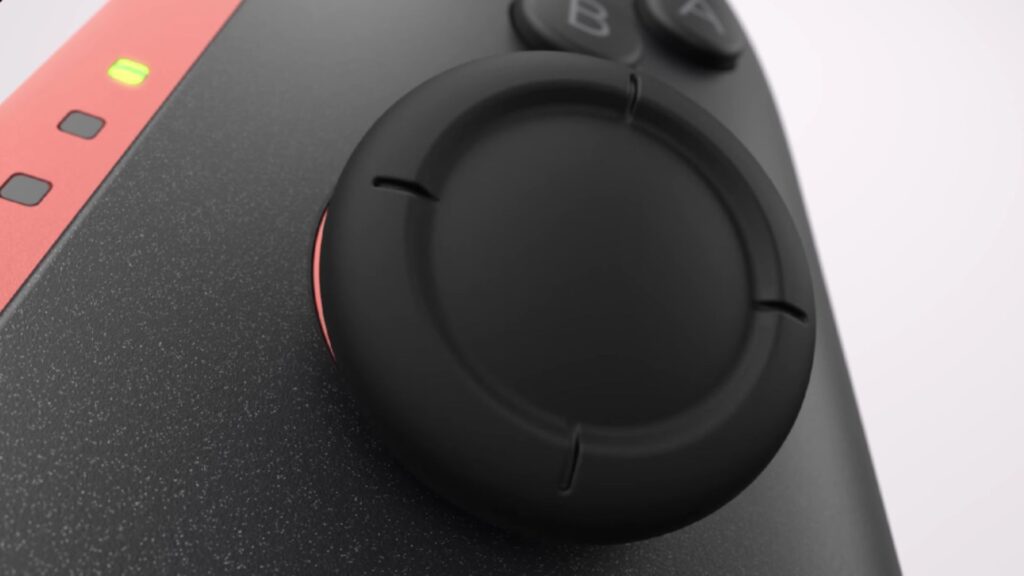
Stick drift is a very common problem in gaming controllers, but it can be tackled using technologies like a Hall Effect sensor. In comparison with the potentiometer technology that uses a wiper and a resistive strip, a Hall Effect sensor uses magnets. It is a simple yet effective way to reduce contact, friction, and ultimately, the drifting issue.
In Hall effect sensors, the wiper is replaced by a magnet, while the resistive strip gets replaced by a conductor. Instead of voltage, this sensor uses magnetic fields to send electric signals.
While it was clear earlier that the developers won’t use Hall Effect sensors, they could have used Tunneling Magnetoresistance (TMR) sensors. A TMR sensor uses similar materials to the Hall effect sensor, but they are less susceptible to magnetic interference.
Overall, Switch 2 is a decent console as it is already outperforming Valve’s Steam Deck in terms of a high-quality gameplay experience. However, a significant upgrade in its Joy-Con’s tech would have made it a generational upgrade.
This post belongs to FandomWire and first appeared on FandomWire
